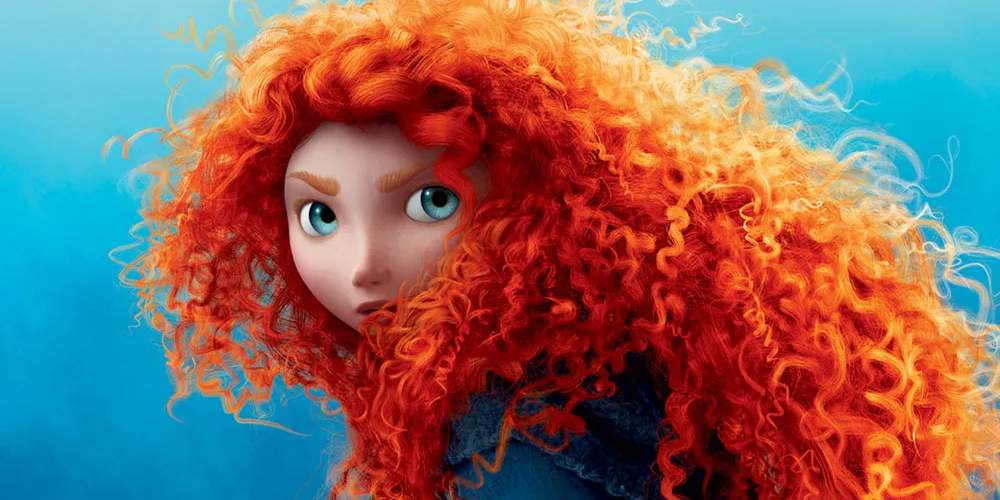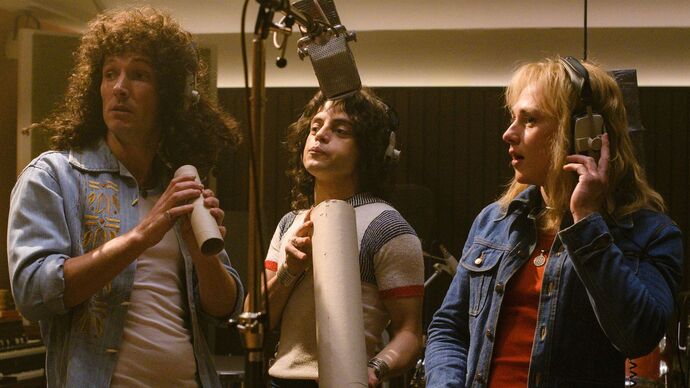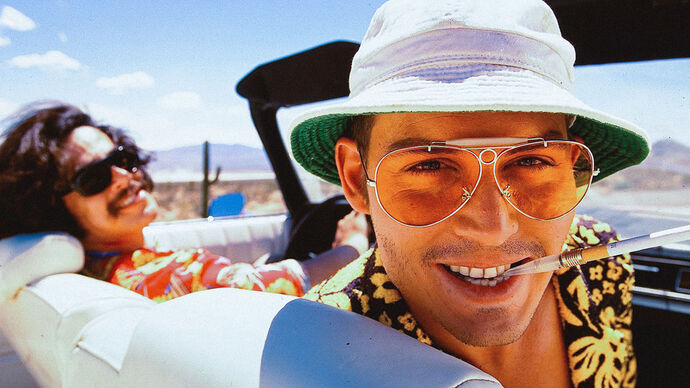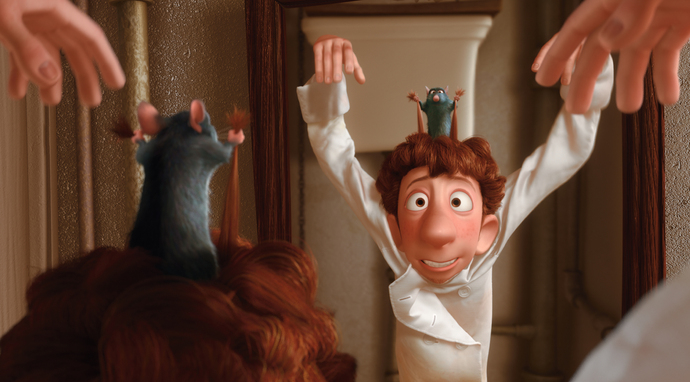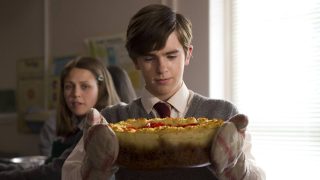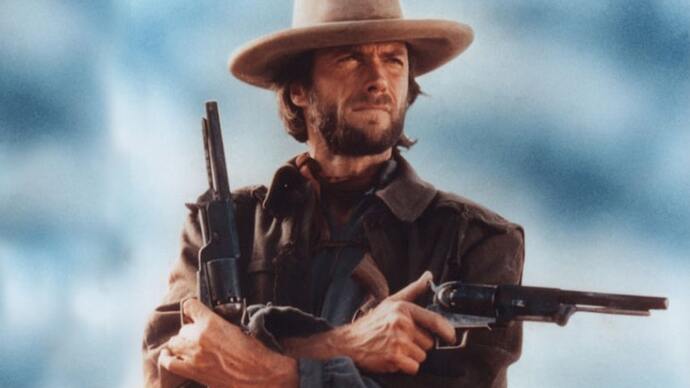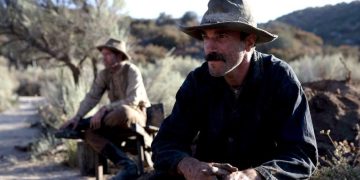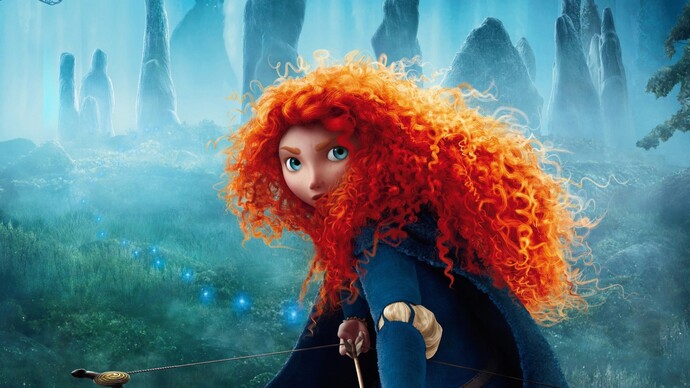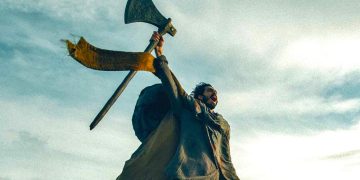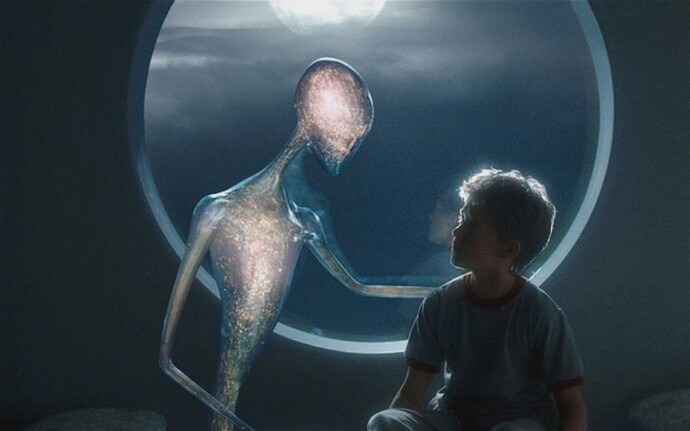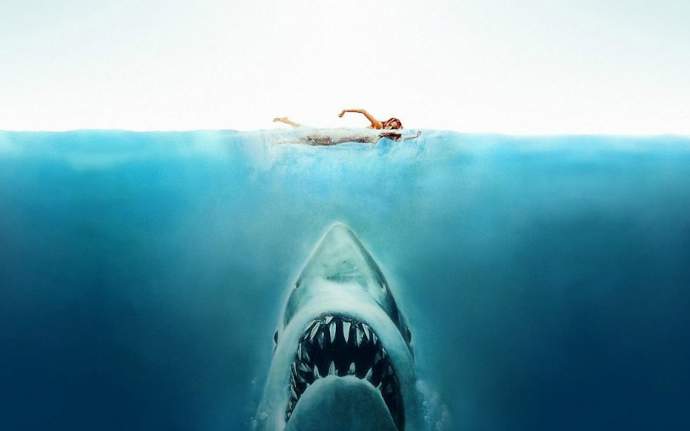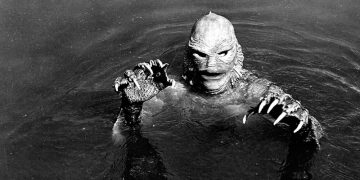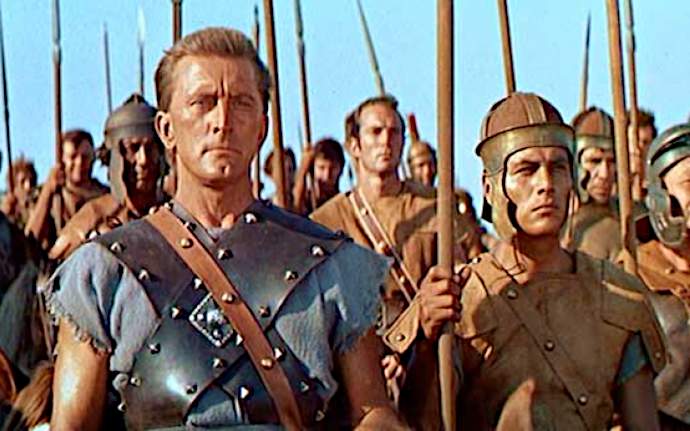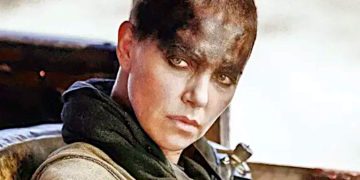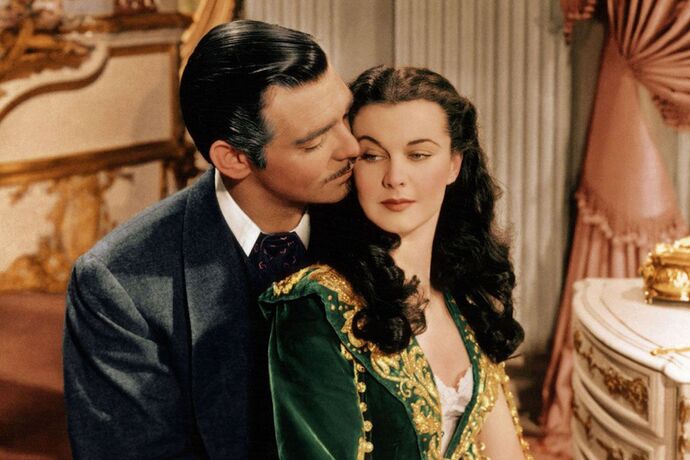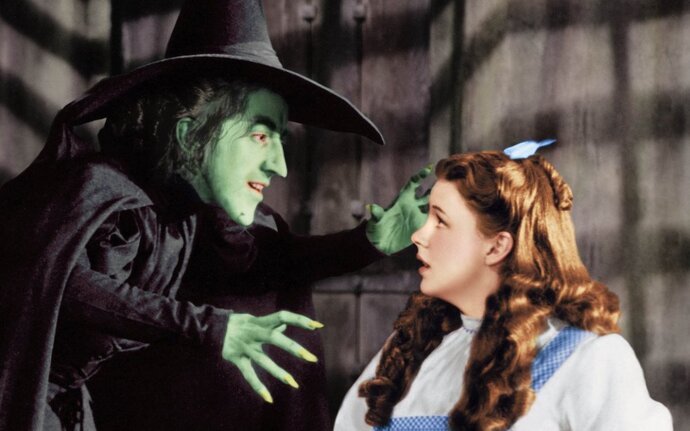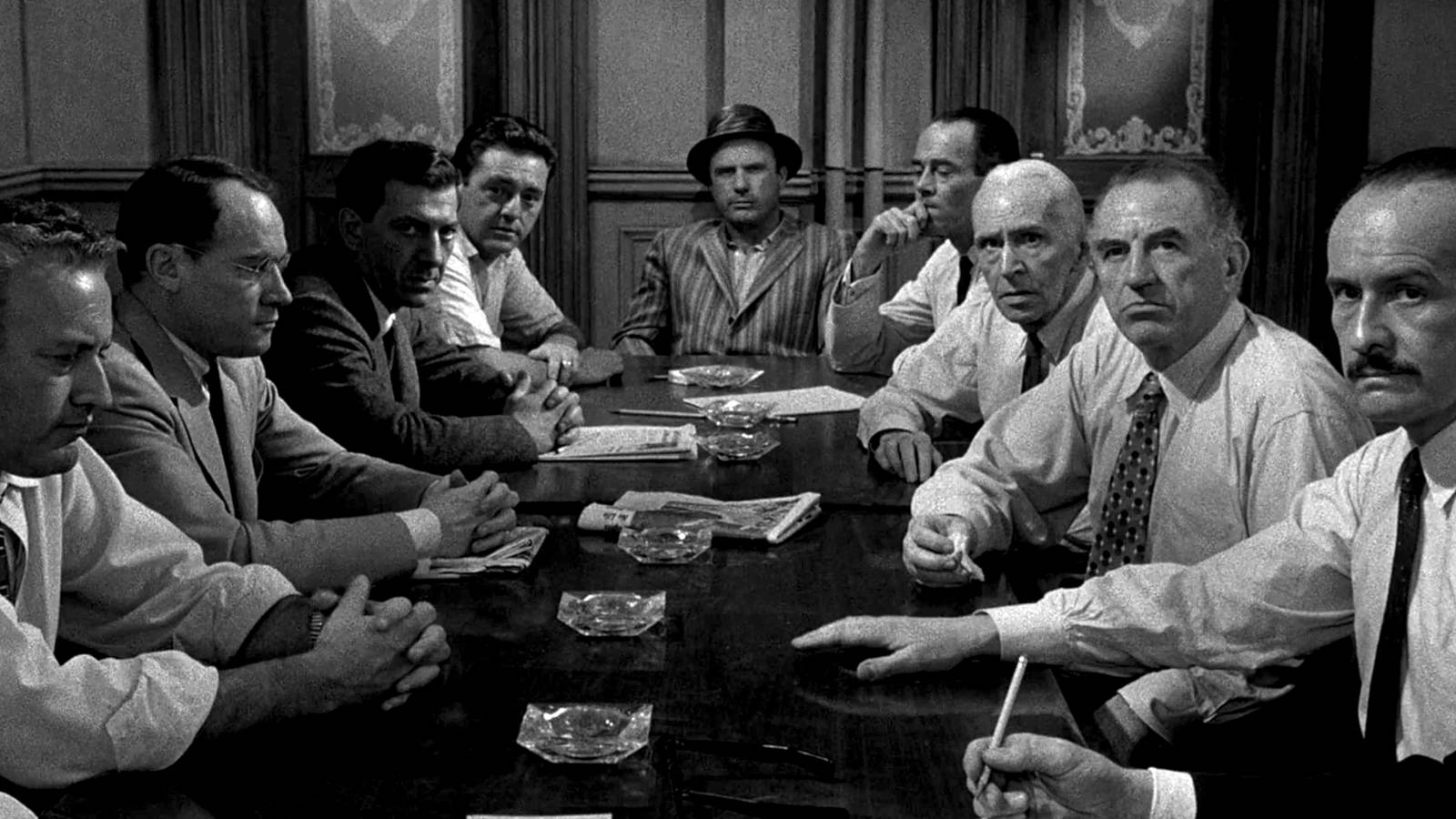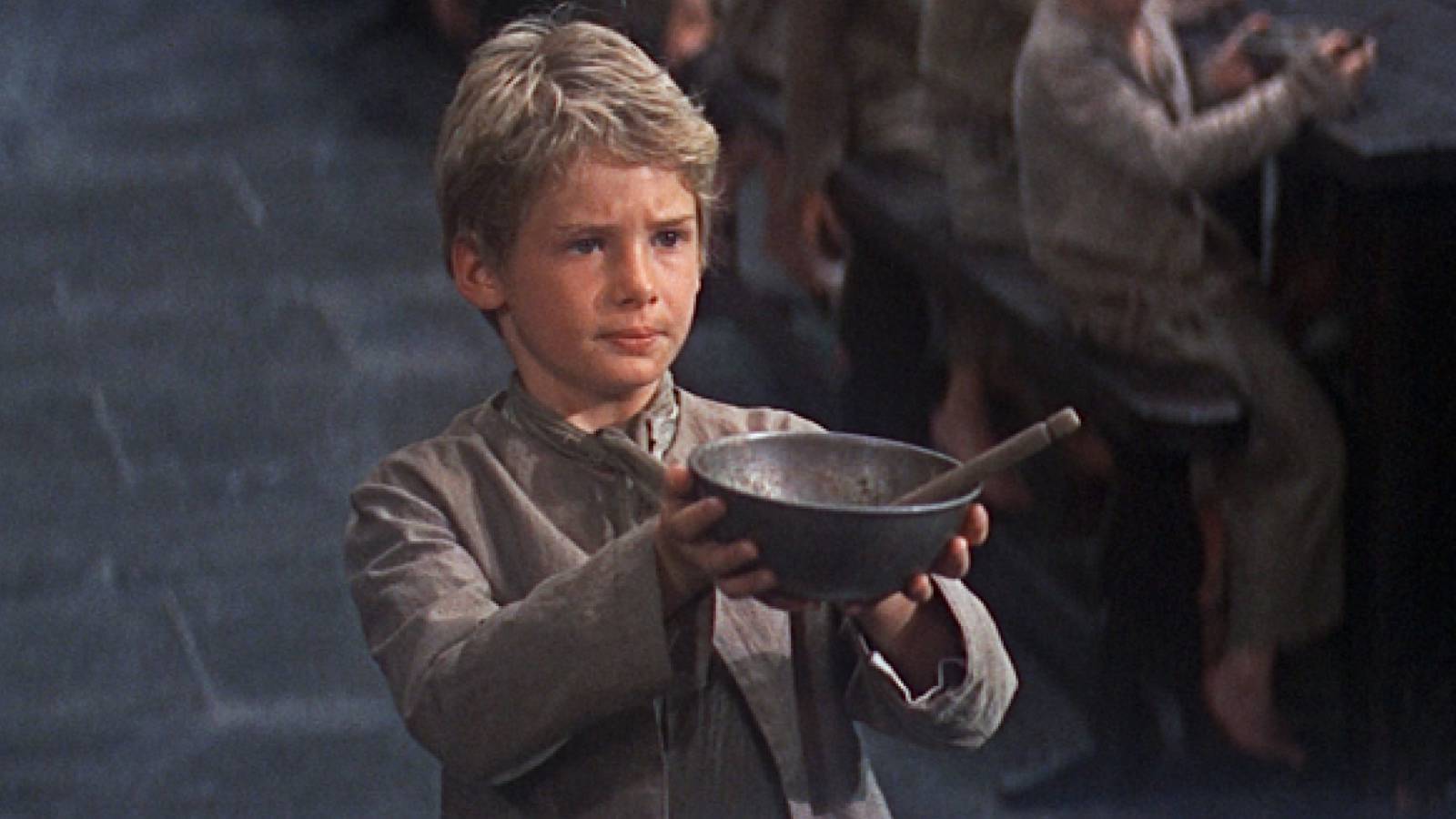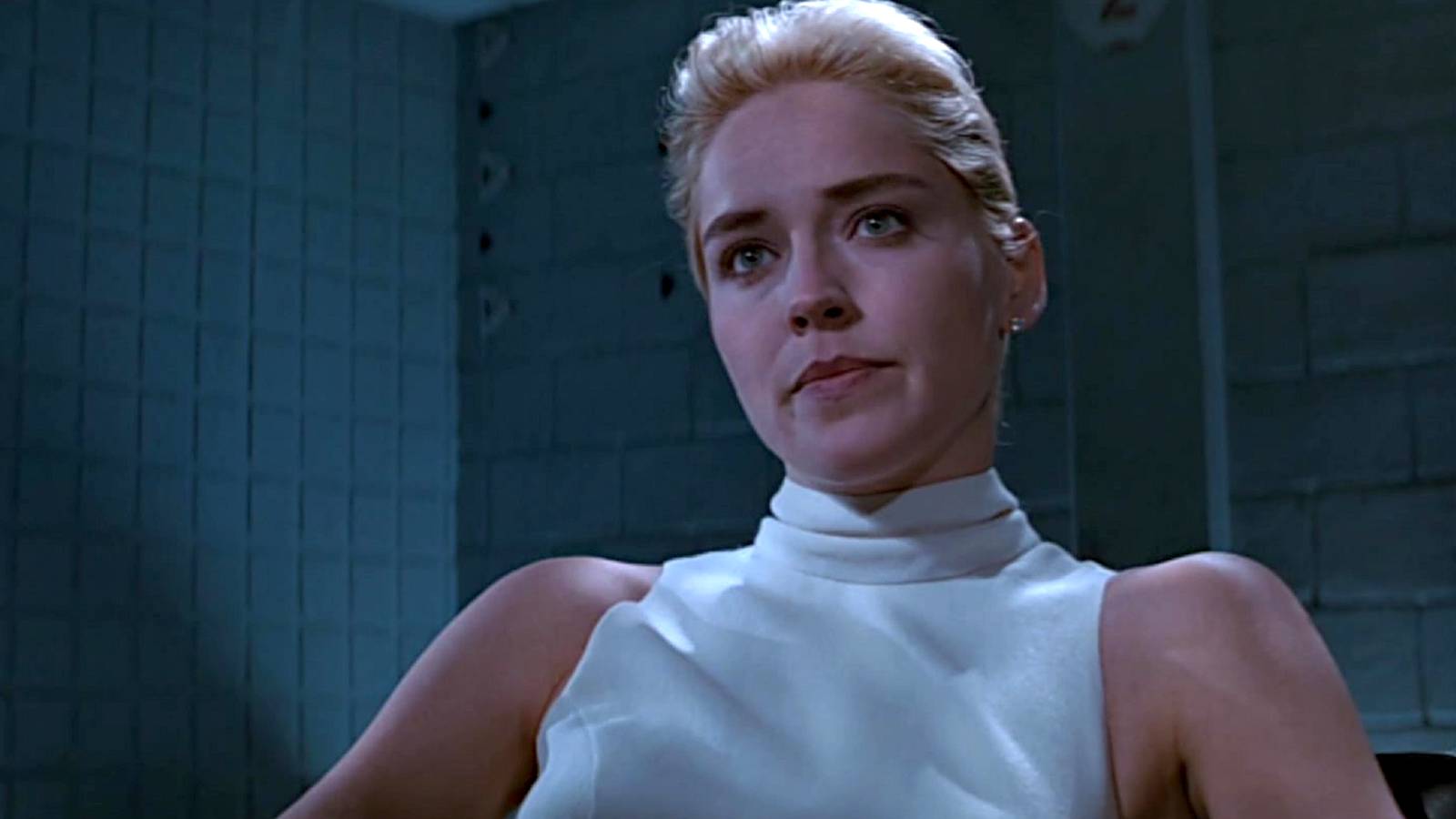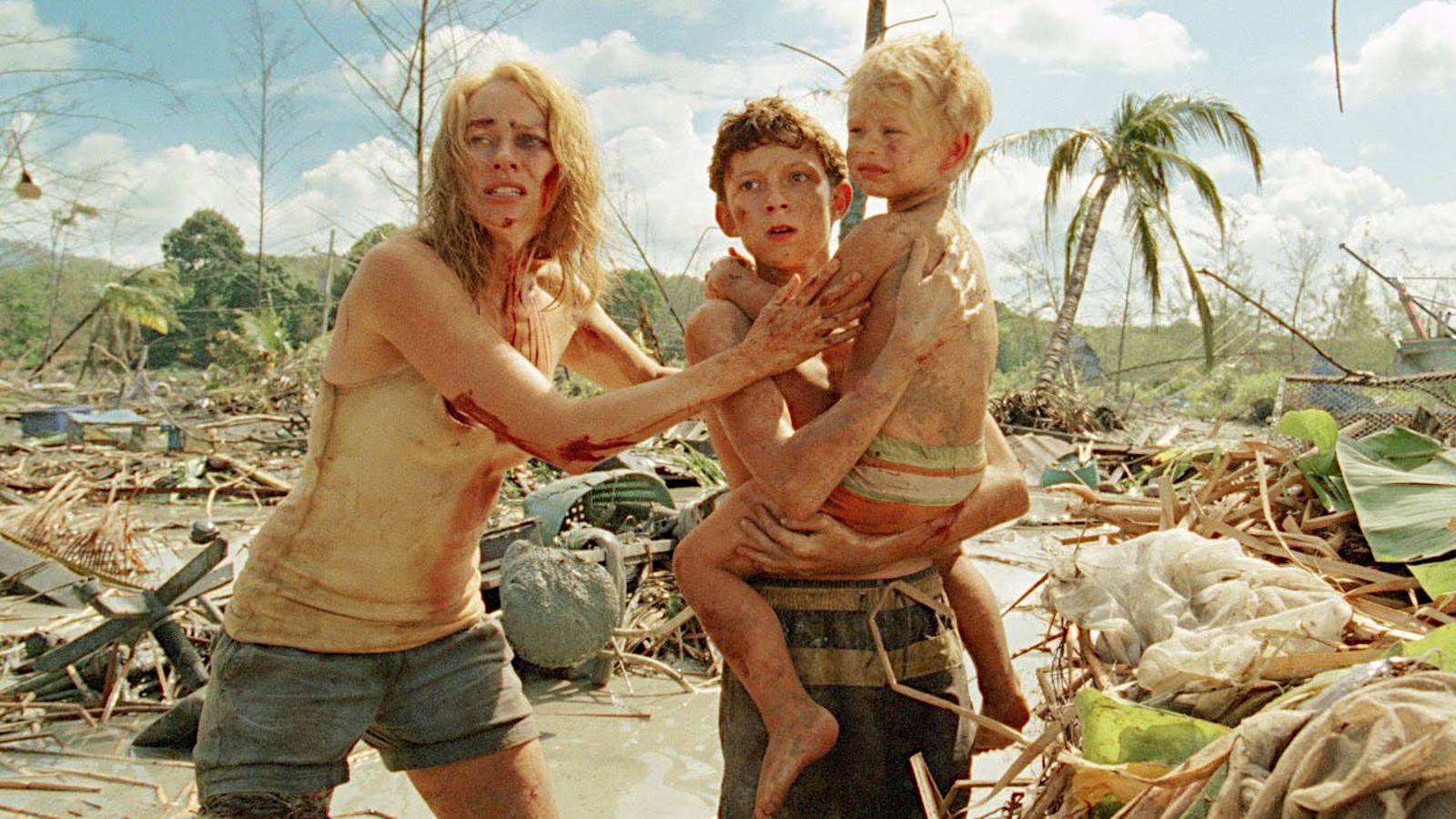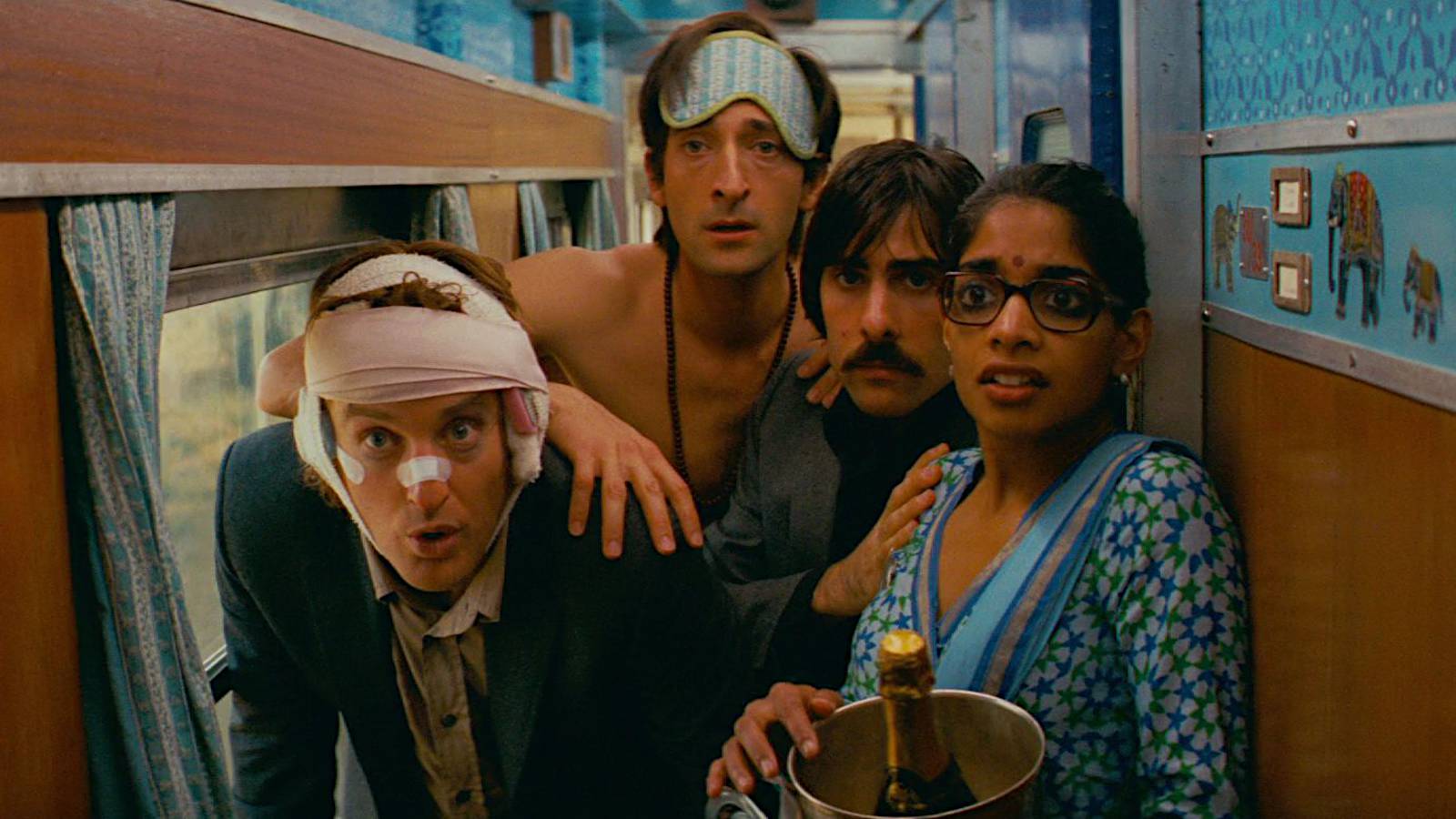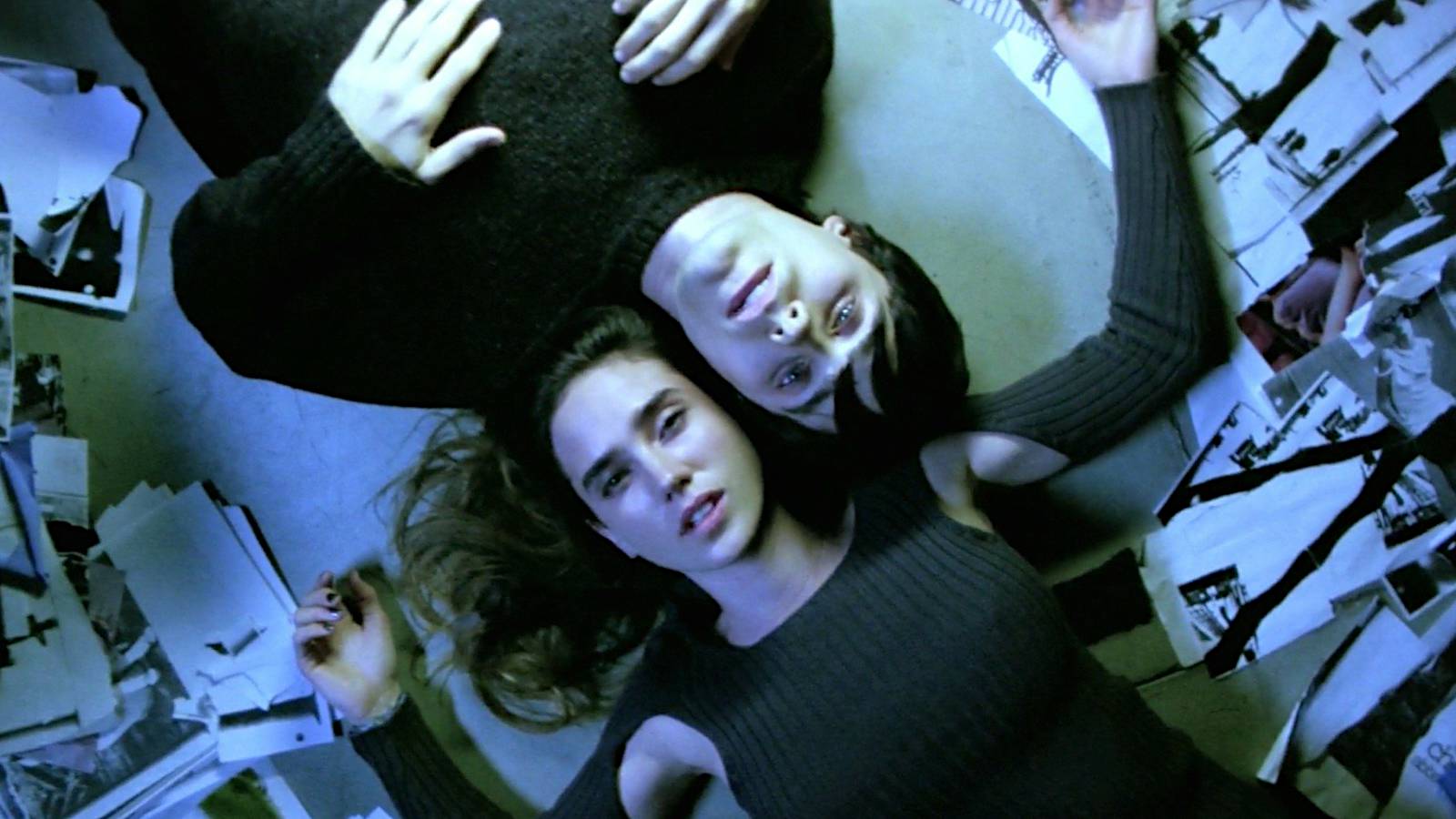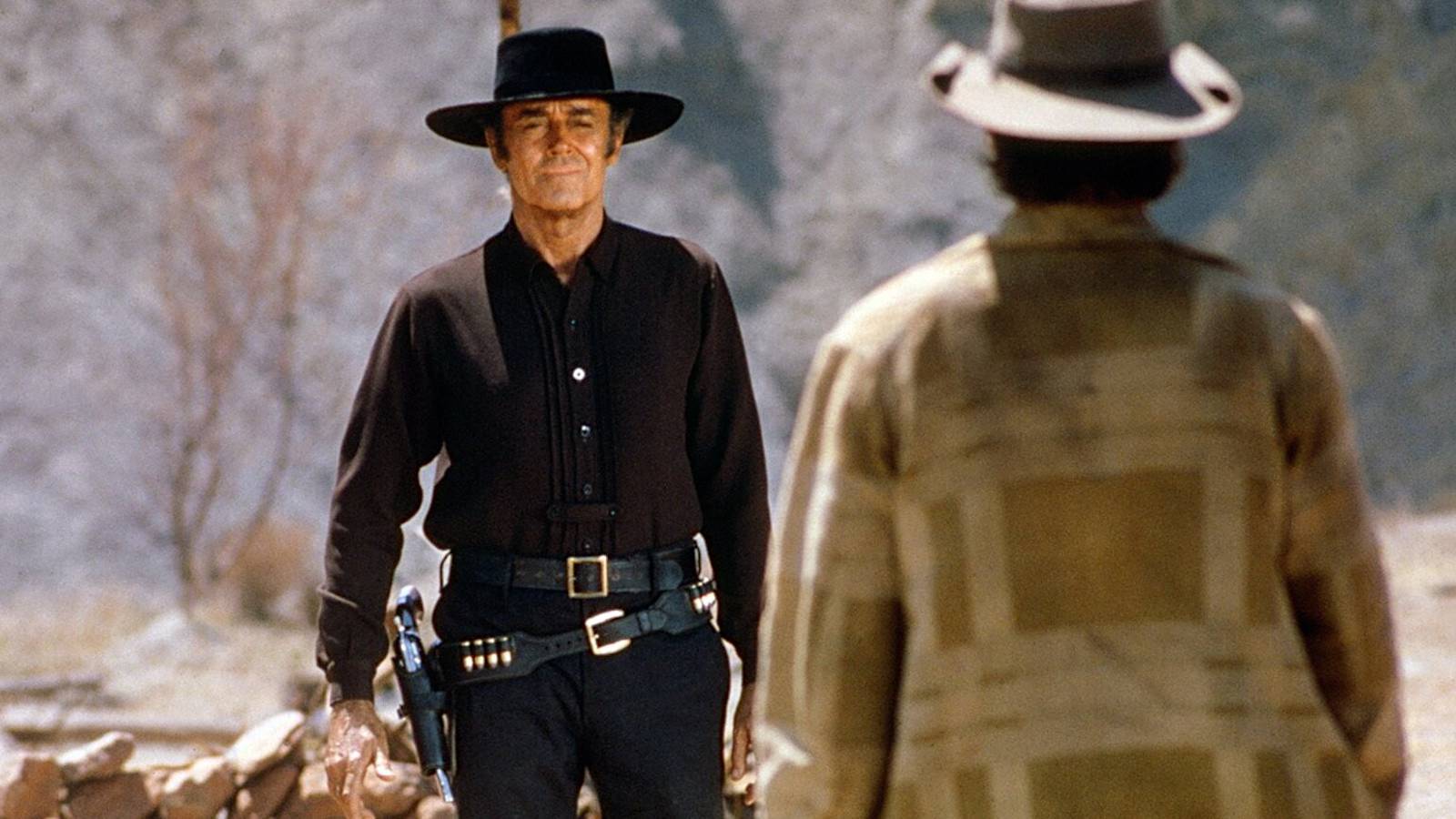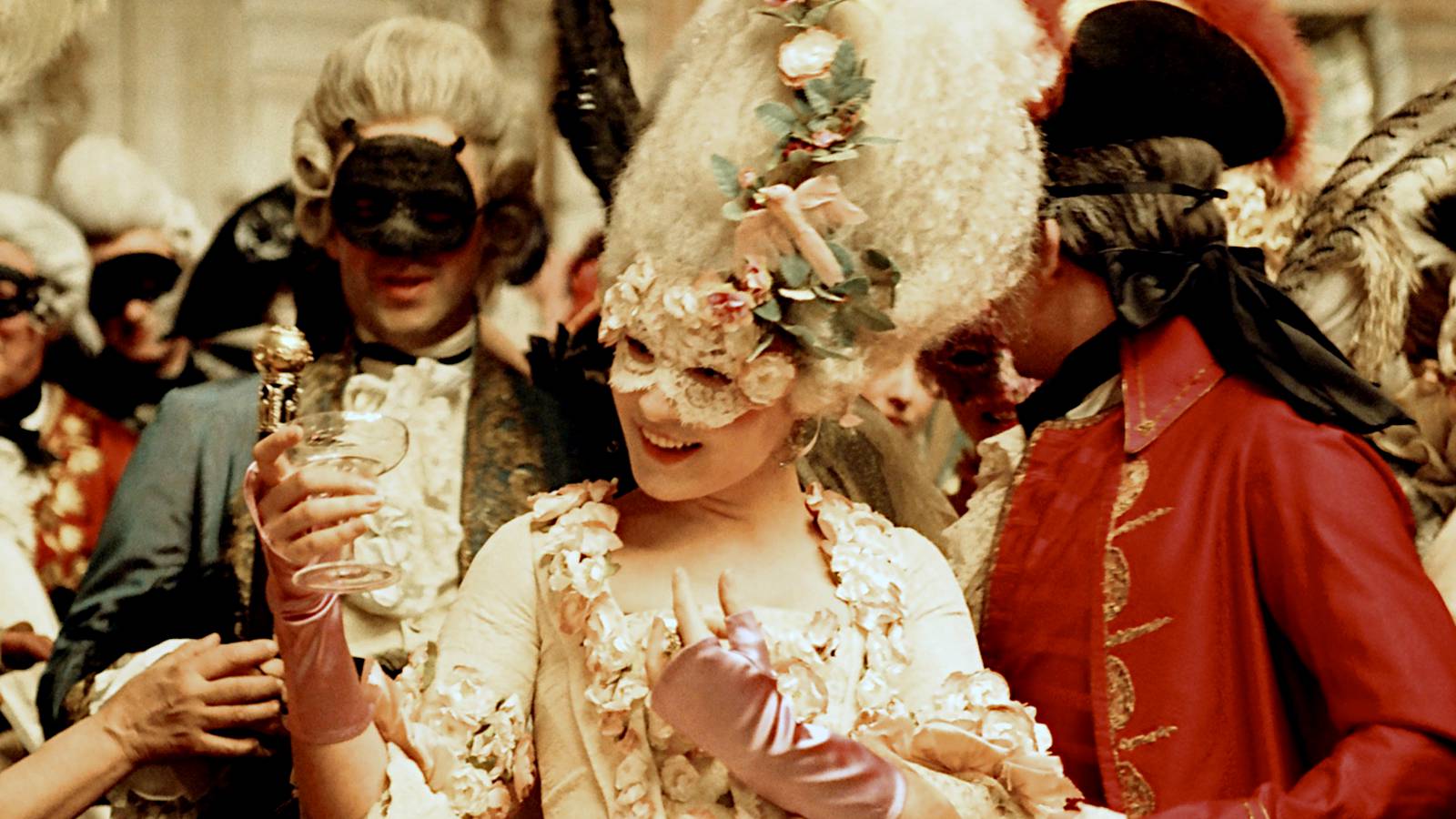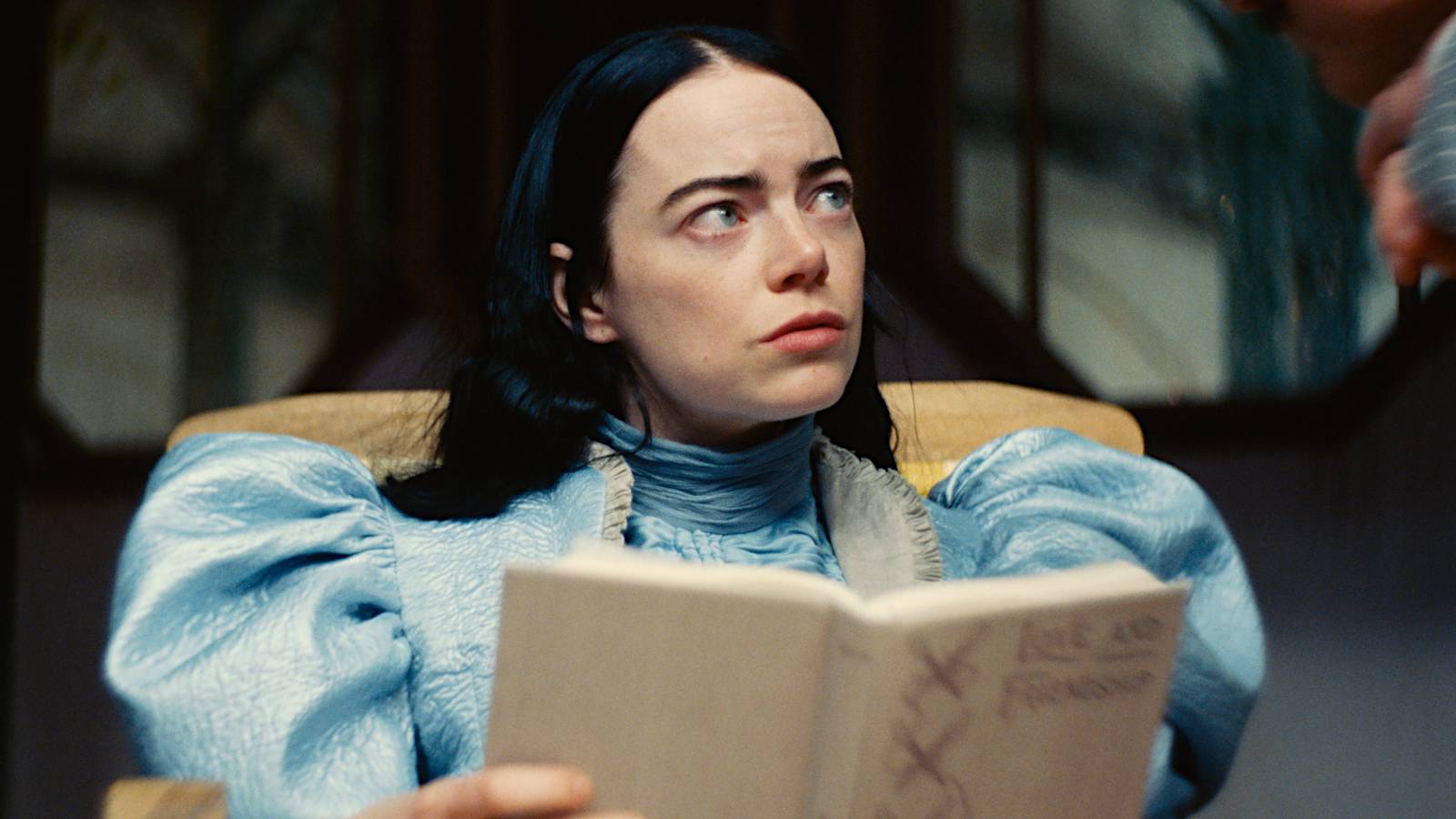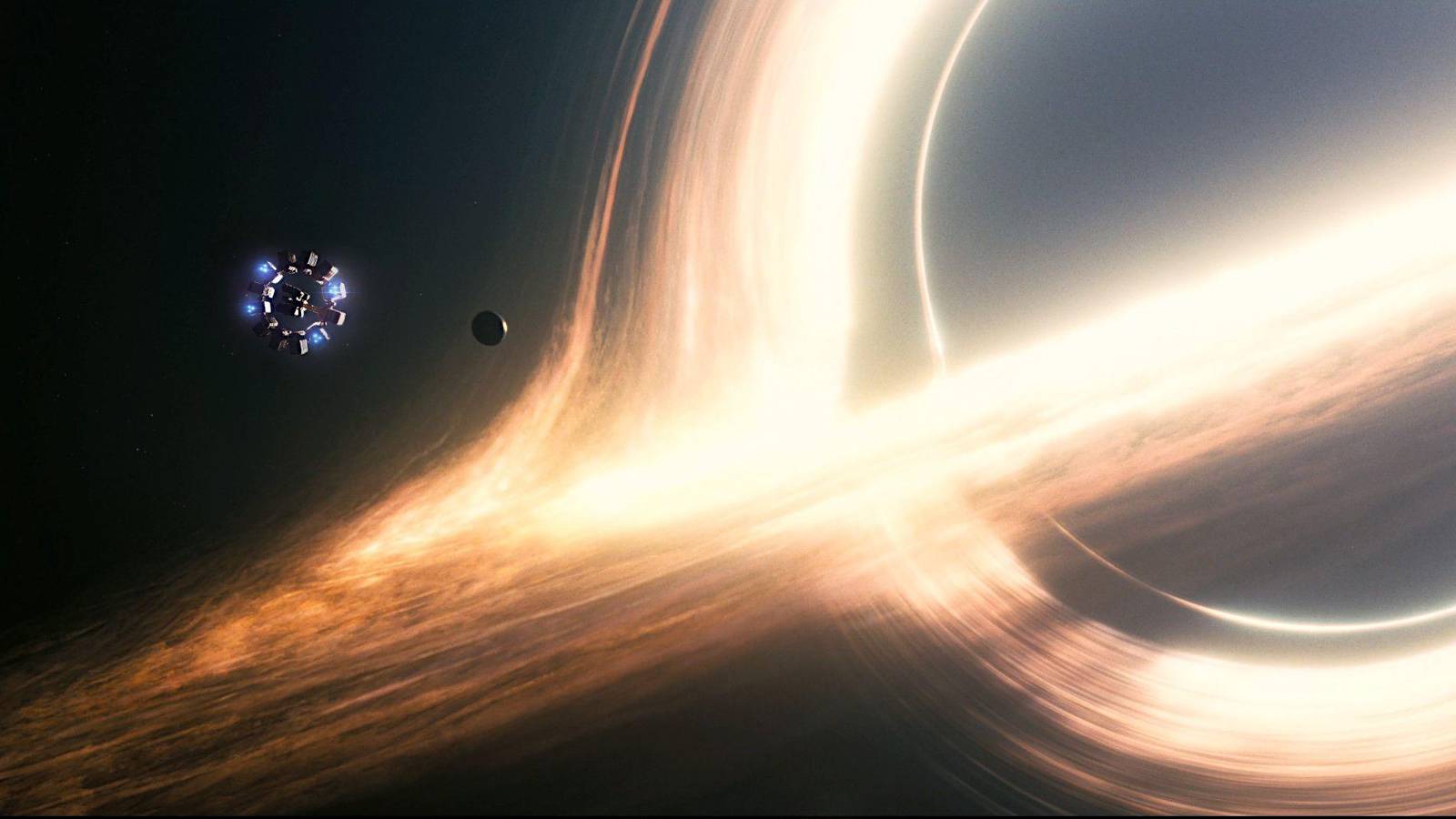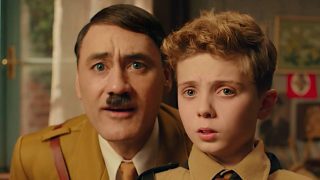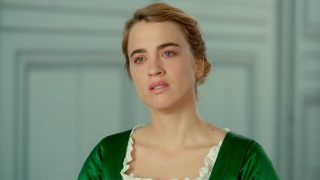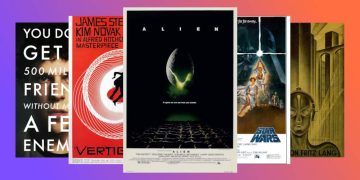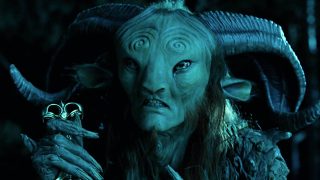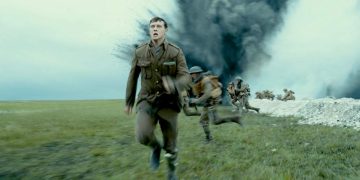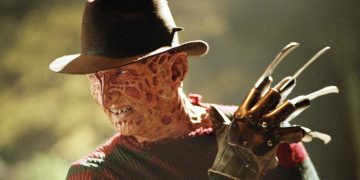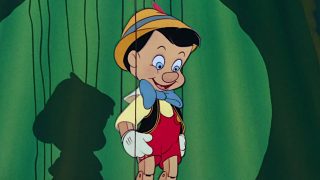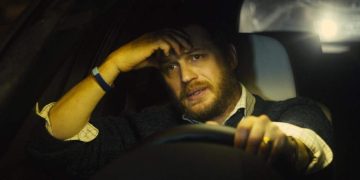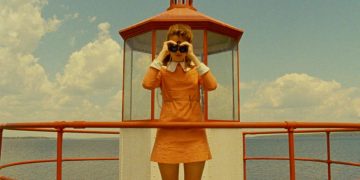10. Bohemian Rhapsody (2018)
Bryan Singer—the man behindX-Men(2000) andThe Usual Suspects(1995)—was initially billed to direct the Freddie Mercury biopic, but then 20th Century Fox fired him for barely ever being on set. A bit inconvenient considering he was in charge of, like, everything.
Lead actor Rami Malek suggested Dexter Fletcher to replace him, feeling that he would probably “do a better job.” And given that Fletcher actually turned up and completed the film to much public success, Malek was probably right to say that.
Fun fact:Dexter Fletcher was also making another similar, glittery musician biopic at the time inRocketman(2019)!
Related:The Best Movies About Musicians, Bands, and Singers
9. Fear and Loathing in Las Vegas (1998)
Terry Gilliam is one of the zanier film directors, which made him the perfect match for a film as wild asFear and Loathing in Las Vegas.
Everything about this road movie is cranked up to a hundred, with its protagonists pumped up with every kind of drug imaginable as they cry to the voice of Grace Slick in the bathtub.
Rhino Films had been begging Terry Gilliam to direct the project for nearly a decade to no avail, so they settled on a different director: Alex Cox. But then Cox left production over “creative differences.”
Fortunately, upon re-reading Hunter S. Thompson’sFear and Loathing in Las Vegas: A Savage Journey to the Heart of the American Dream, Terry Gilliam realized he actually loved the story and agreed to step in.
Although it wasn’t a success at the box office,Fear and Loathing in Las Vegashas become a massive cult favorite thanks to Gilliam’s direction, who upped the budget and let the “bats out” (as Cox put it).
Related:The Most Trippy Drug Movies With Psychedelic Experiences, Ranked
8. Ratatouille (2007)
Jan Pinkava began working onRatatouillein 2007 in the hopes it would become his feature directorial debut.
Pinkava was the mind behind the character of the cooking rat, but the project eventually stalled and Brad Bird was asked to take over as director. Though the general plot remained the same, Pinkava’s self-proclaimed “European sensibility” was lost under Brad Bird’s direction. (Jan Pinkava still nabbed a co-director credit, though.)
Although you wouldn’t think so fromRatatouille’ssuccess as a Pixar fan favorite, the studio had little confidence in the movie, which took seven vulnerable years to make—and Brad Bird only showed up 18 months before the film’s eventual release.
Related:The Best Foodie Movies About Chefs, Food, and Cooking
7. The Outlaw Josey Wales (1976)
Have you heard of the “Eastwood Rule”? It’s a rule that prohibits someone from firing a director and then taking over their role—and that rule ws passed because ofThe Outlaw Josey Wales.
The Outlaw Josey Waleswas initially directed by Philip Kaufman, with Clint Eastwood headlining as the eponymous character. Eastwood pressured the studio to fire Kaufman, which they did, and Eastwood himself ended up behind the camera in his role.
Why the push to fire Kaufman? Apparently, there wasn’t much substance to it; they’d simply asked out the same woman.
Despite the roaring success ofThe Outlaw Josey Wales, most of the team felt that Kaufman unjustly lost credit for all the work he put in. It was such an issue that The Director’s Guild of America decided to ban Clint Eastwood’s sneaky move from ever happening again.
Related:The Best Modern Western Movies (Released in 2000 or Later)
6. Brave (2012)
Braveearns a spot on this list because, even though Pixar controversially shifted gears through production, it’s ultimately praised as a revisionist fairy tale that successfully blends modern values with ye olde fantasy.
But why wasBravecontroversial? Well, Brenda Chapman was set to be the first female director of a Pixar feature, after she’d slowly worked her way up the Disney company ranks for decades. But then she ended up getting booted and replaced by male director Mark Andrews.
Originally calledThe Bear and the Bow, Chapman was inspired by the relationship she had with her own daughter when conceptualizingBrave. Six years into the project, Chapman was removed from the team and replaced by a director with considerably less experience. We’re still struggling to find a good reason why.
Related:The Best Medieval Fantasy Movies, Ranked
5. A.I. Artificial Intelligence (2001)
Steven Spielberg and Stanley Kubrick are two of the biggest names in the film industry, and they were both named director ofA.I. Artificial Intelligenceat different points in the project.
Stanley Kubrick was the first to be tasked with bringing Brian Aldiss’s 1969 novelSupertoys Last All Summer Longto life. He acquired the rights and set a team of writers working on the script for an arduous two decades before it was all handed over to Steven Spielberg.
During the 1980s, Kubrick felt that CGI technology wasn’t advanced enough to make a film starring a robot boy and he had no faith in child actors. Spielberg, on the other hand, showed us time and again that kids have big-screen potential.
This time, he perfectly cast Haley Joel Osment for the role. And while production remained stagnant for a while, Kubrick’s death in 1999 spurred Spielberg to finish the Oscar-nominated sci-fi classic.
Related:The Best Movies About Robots and Artificial Intelligence
4. Jaws (1975)
A.I. Artificial Intelligencewasn’t the first time Spielberg came in to replace a director. The lesser-known Dick Richards was actually the first director in charge ofJaws, which might surprise you given thatJawsis the film that launched Spielberg to Hollywood stardom.
For starters, Richards kept calling the infamous Great White Shark a “whale” during preproduction, either as a genuine mistake or some weird kind of irony. This red flag, combined with his other reportedly annoying habits, got him kicked off the movie.
The fact thatJawswent on to shape the American film industry in such a huge way under Spielberg means it was probably a good decision.
Related:The Best Classic Monster Movies Still Worth Watching Today
3. Spartacus (1960)
Directing a film as epic asSpartacus—with its prestigious cast, huge budget, and massive ancient sets—takes guts and determination. Even directing a small movie is no easy feat, but a film likeSpartacusis enough to intimidate even the greatest directors.
Except for maybe Stanley Kubrick, who lived for the challenge!
The historical drama was originally given to Anthony Mann, who—despite his victories in the Western genre—was too nervy for the job. Producer and star Kirk Douglas fired Mann and put Kubrick in charge of the slave revolt.
Related:The Most Difficult Actors to Work With (Who Made Filming a Nightmare)
2. Gone With the Wind (1939)
Gone With the Windhad a hell of a time getting made, in every type of way. Not only was it a story of epic proportions, adapted from Margaret Mitchell’s 1936 book, but it took years to secure the cast and went through not two but three directors!
The first was George Cukor, who’d been prepping for two years and insisted on meticulous—and expensive—period detail. He was fired from the set 18 days after filming commenced. (Rumor has it that his open homosexuality played a dark role in his removal.)
Next was Victor Fleming, who was already directing the ambitious MGM filmThe Wizard of Ozwhen he was brought in. Fleming took a break from the project after a nervous breakdown (that many suspected as fake). Director Sam Wood stood in for Fleming until his return.
Once you understand the kind of chaos that happened during the production ofThe Wizard of Oz, a breakdown is understandable.
Related:The Best Movies That Were Inspired by Dreams and Meditation
1. The Wizard of Oz (1939)
Up untilThe Wizard of Oz, audiences were used to only seeing black-and-white films. The movie teases us with opening scenes in sepia, but once Dorothy lands in the magical land of Oz, everything turns Technicolor.
The technical side of all this was exhausting, as was the rest of production: uncomfortable costumes, 16-hour shifts, extreme diets, pills, and, of course,fourdifferent directors.
Alongside Victor Fleming was George Cukor, who switched betweenThe Wizard of OzandGone With the Windlike a tennis ball. (Did MGM have no other directors?) There was also Richard Thorpe and King Vidor, who both helped direct. In the end, Victor Fleming took credit for both movies.
Related:Infamous Movies With the Worst Film Production Stories



![]()
